Let's take a knowledge trip to Italy
Official name - ITALIAN REPUBLIC
Capital - Rome
Area -301,340
Population - 62.246million
Language - Italian
National currency - Euro
Largest city - Rome
Continent – Europe
Highest mountain – Monte Bianco(4800 8 meters)
National name - Republica Italiana
National anthem - “IL canto degli Italiani”
Principal River - River Po
National Bird – Italian Sparrow
National Flower - Lily
National Tree - Olive Tree
National Animal - Italian Wolf
National Sport – Football
Facts about Italy
Everyone has heard of or has knowledge about Italy. Yes, Italy is well-known for its amazing art, intriguing culture, delectable cuisine, great weather, lovely language, and for being somewhat to blame for the Jersey Shore TV show.
Seasonally mostly temperate and Mediterranean climate
The majority of Italy's climate is Mediterranean, with hot, dry summers and chilly, rainy winters. However, Italy, which is approximately 1,200 kilometers (736 miles) long from north to south, also contains a range of sub- and microclimates where seasonal weather can vary significantly from the average for the country. 1 Italy's weather is changing due to global climate change, with more frequent extreme weather events and generally warmer temperatures all year long.
Travelers to Italy should generally prepare for hot, sunny summers, pleasantly cold winters with lots of rain and little snowfall, and fall and spring seasons that can range from sunny and pleasant to rainy and chilly.
Ø Temperatures
North and south often experience similar summertime temperatures. On the shores of Central and Southern Italy, as well as in the nearby plains, typical temperatures range from 23 °C to 27 °C in July. North of the river Po, temperatures are 22–24 °C, as they are in Milan or Venice, while south of the river Po, temperatures can reach 24–25 °C, like they do in Bologna. In general, August in the south and July in the north are the hottest months, with temperatures reaching 38 to 42 °C in the south and 32 to 35 °C in the north accordingly; However, just because it has a hot and dry summer does not mean that Southern Italy will not see rain from June to August. Sometimes the country can be divided as during winter, with rain and 20 to 22 °C during the day in the north and 30 to 40 °C in the south. While far more frequent in the humid north, thunderstorms can also occasionally be found there. In the summer, high humidity may cause daytime temperatures in Italian cities to remain high at night. January is the coldest month.
Venice 2–3 °C
Trieste 4 °C
Florence 5–6 °C
Rome 7–8 °C
Ø Extremes
49.6 °C (or 57.3 °F) was the lowest temperature ever recorded in Italy on February 10, 2013, on the Pale di San Martino plateau in the Alps.
The lowest temperature ever recorded in a populated area was 37.4 °C , which occurred in Rocca di Mezzo, Abruzzo, in the Apennines, on February 15, 2012.
The highest amount of snow was measured in the Alps in March 1951 at the Lake D'Avino meteorological station in Piedmont, when it measured 1,125 cm (443 in).
The town of Roccacaramanico in the Apennines recorded the most 24-hour snowfall on January 15, 1951, with 181 cm (71 in).
On September 10, 1970, Bolzaneto, a neighborhood of Genoa, Liguria, recorded the most rain in a 24-hour period with a total of 948 mm.
Ø the most number of world heritage sites
Italy is renowned as a historical and cultural hub of the world. The majority of the world's UNESCO World Heritage Sites are located in Italy. The nation currently has 58 world historic sites according to the UNESCO committee's annual designation of additional listings.
The most well-known historical sites in Italy
Villa d’Este
Rome
Florence
Pompeii
 |
Pizza del Duomo
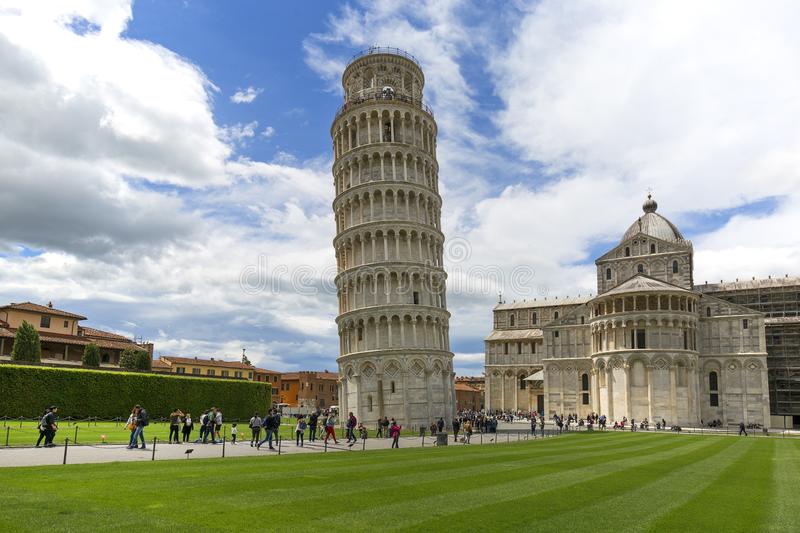 |
Amalfi coast
Verona
Venice
Journey to Italy
According to ISTAT, Italy receives 65 million visitors year (2019), ranking sixth in terms of international tourist arrivals, but second to Spain in terms of hotel nights stayed, with 220,7 million spent by foreign visitors and a total of 432.6 million nights. According to Bank of Italy projections for 2018, the tourist industry directly contributes more than 5% of the country's GDP (or 13% when included indirectly generated GDP) and employs more than 6% of the workforce. Over 60% of Italy's national GDP comes from this tourism.
Additional Earthquakes
Italians experience more earthquakes than any other Europeans. The 1908 Messimer earthquake, which had a magnitude of 7.1, is regarded to have been the worst earthquake to ever strike Italy.
Farther volcanoes
Similar to this, Italy has more volcanoes than any other country in Europe and is the only country in Europe with an active volcano. Etna, Stromboli, and Vesuvius are all in Italy and have all erupted within the past century. Vesuvius is particularly famous for its ancient eruption in 79 AD, which submerged the city of Pompeii and its inhabitants under tons of ash and left behind poverty-forward people-shaped cavities from which scientists made plaster casts that allowed us to.
 |
Gnocchi |
 |
Pesto |
 |
White Truffles |
 |
Pasta |
 |
Lasagna |
 |
| Pizza |
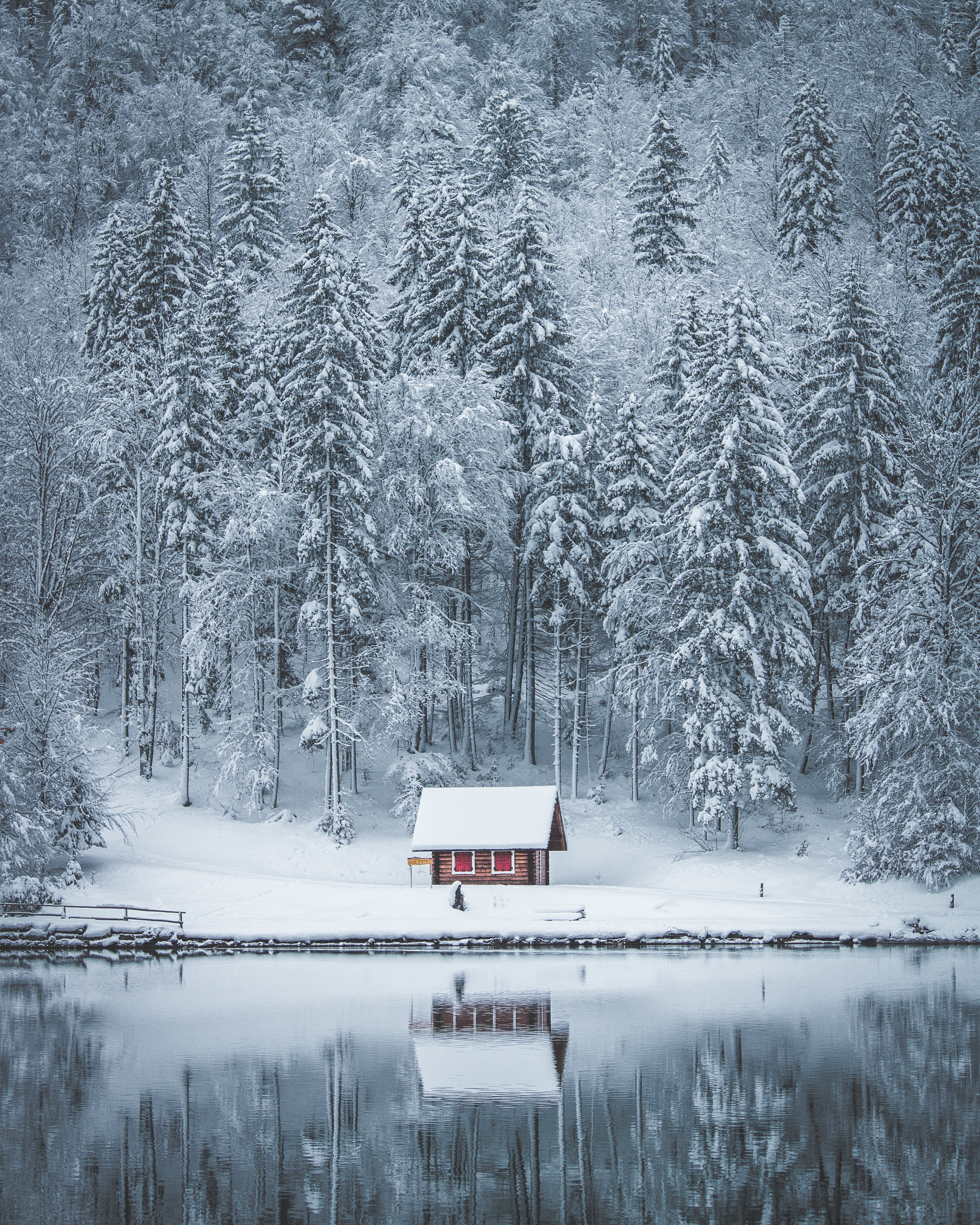

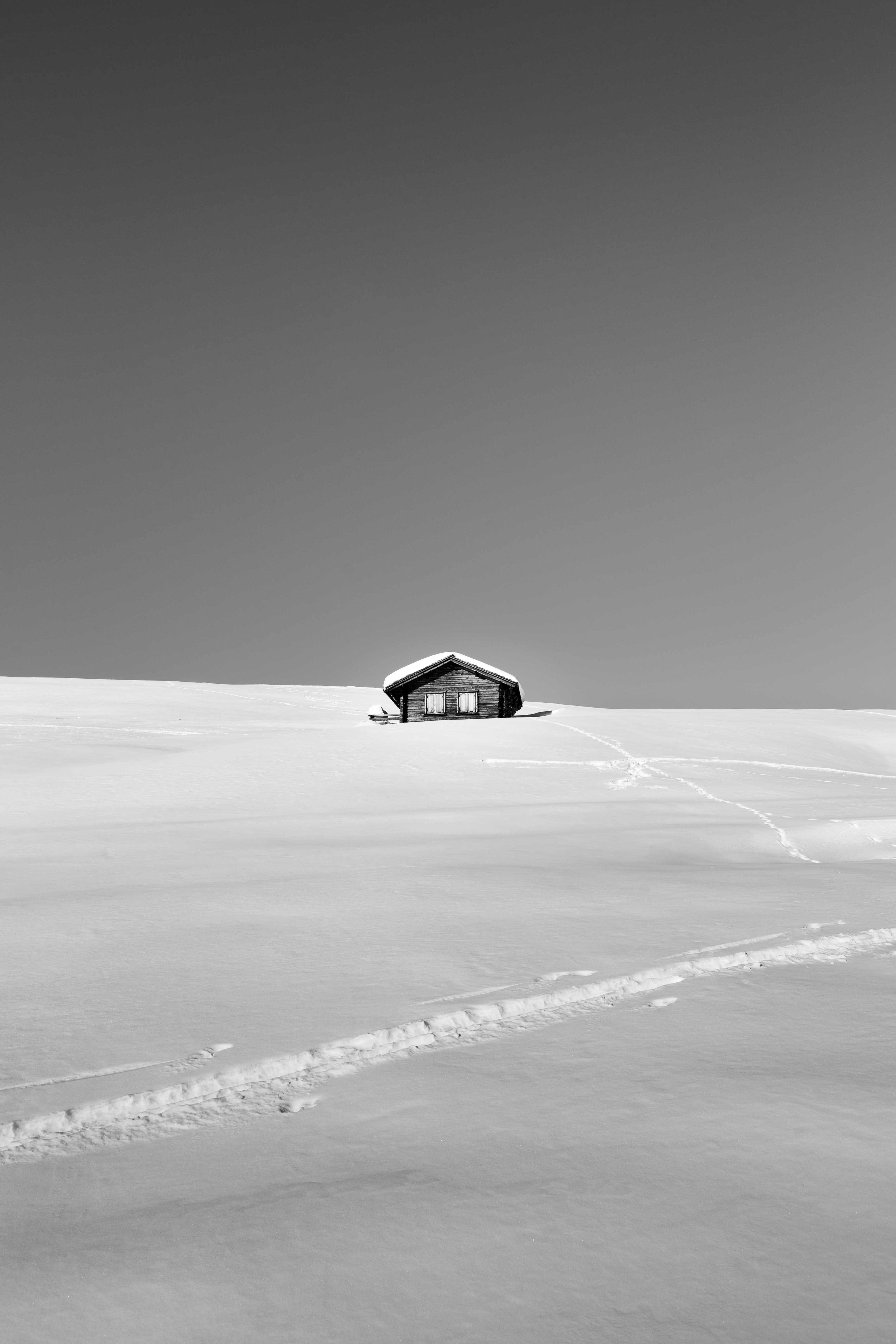

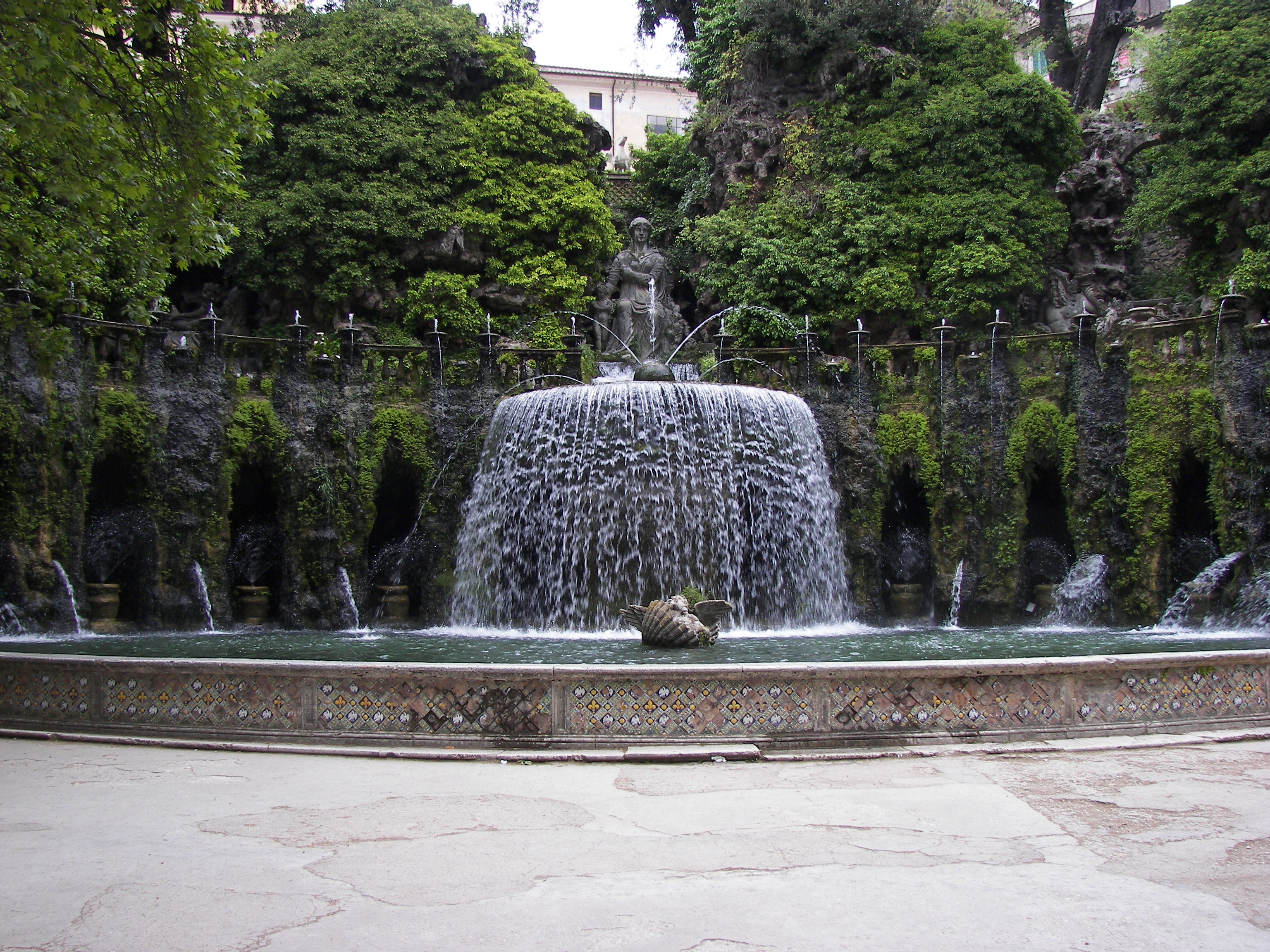
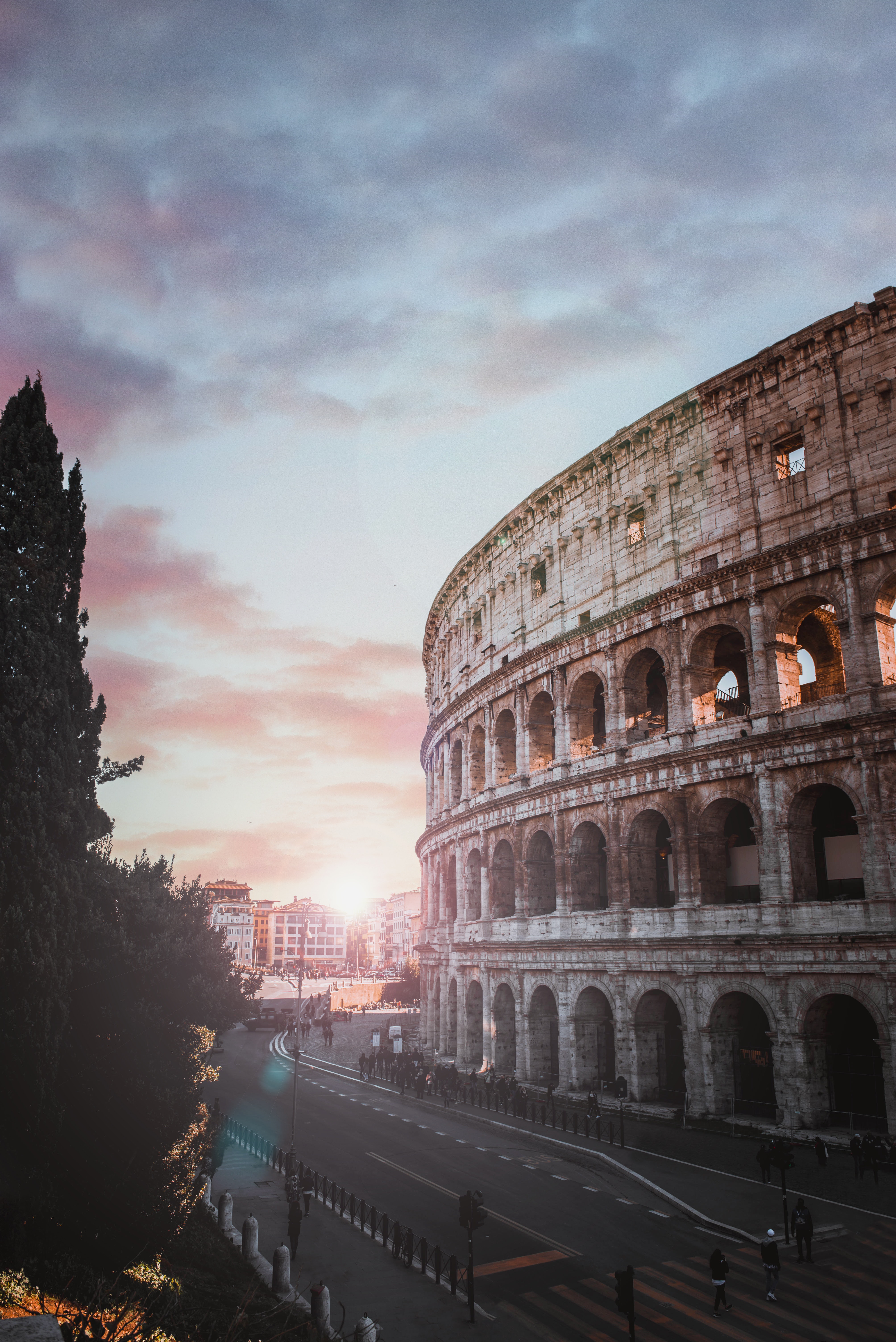
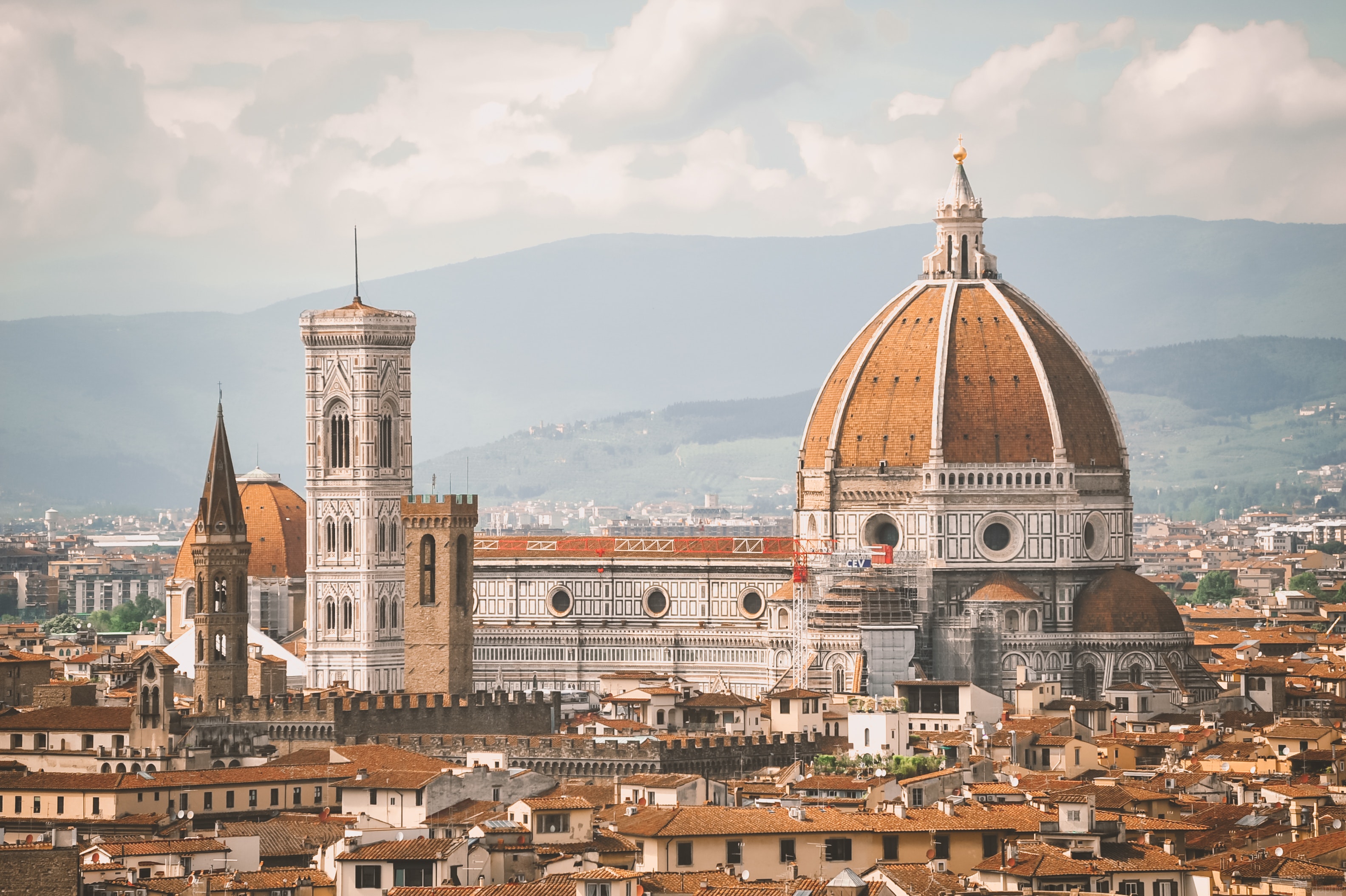
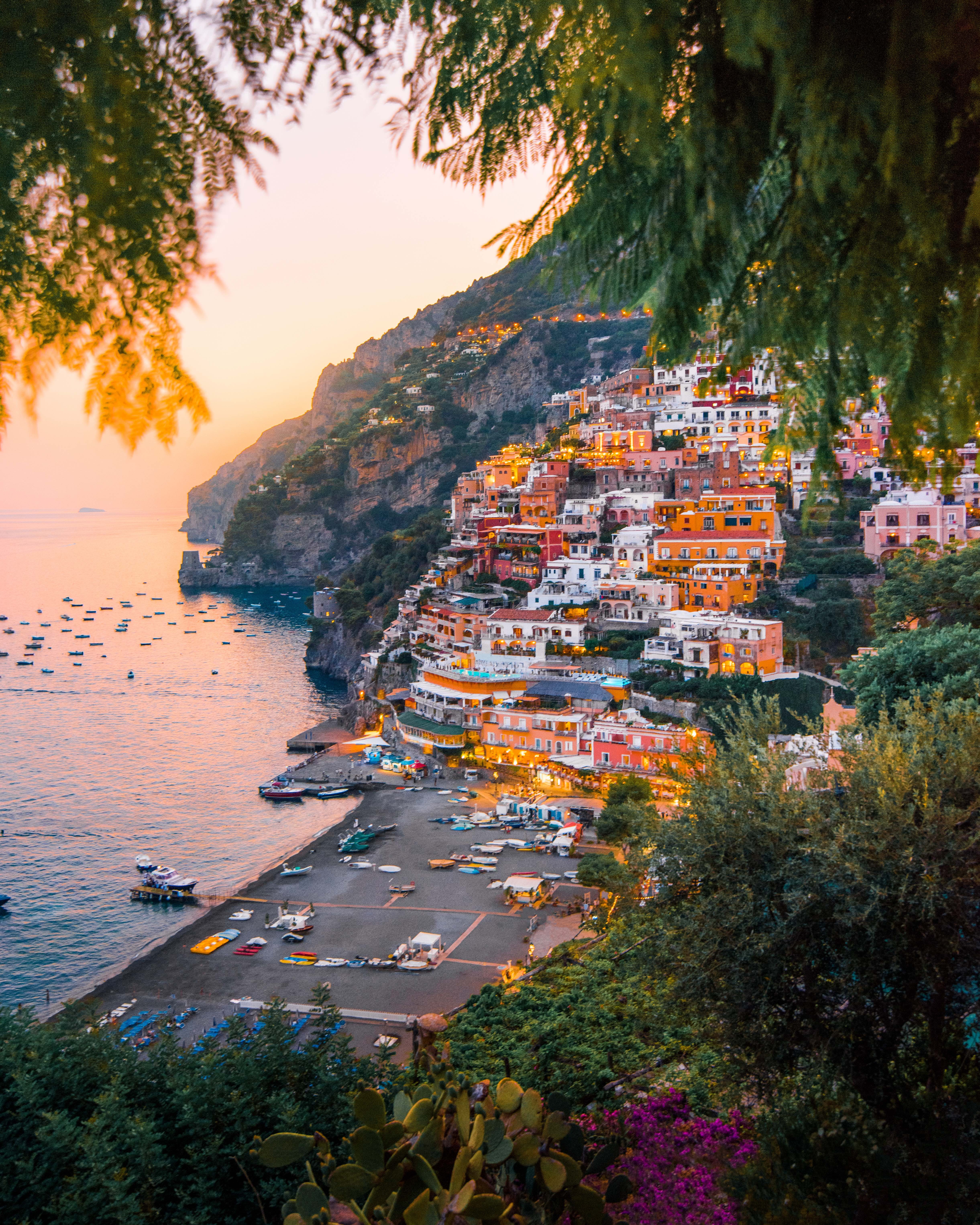
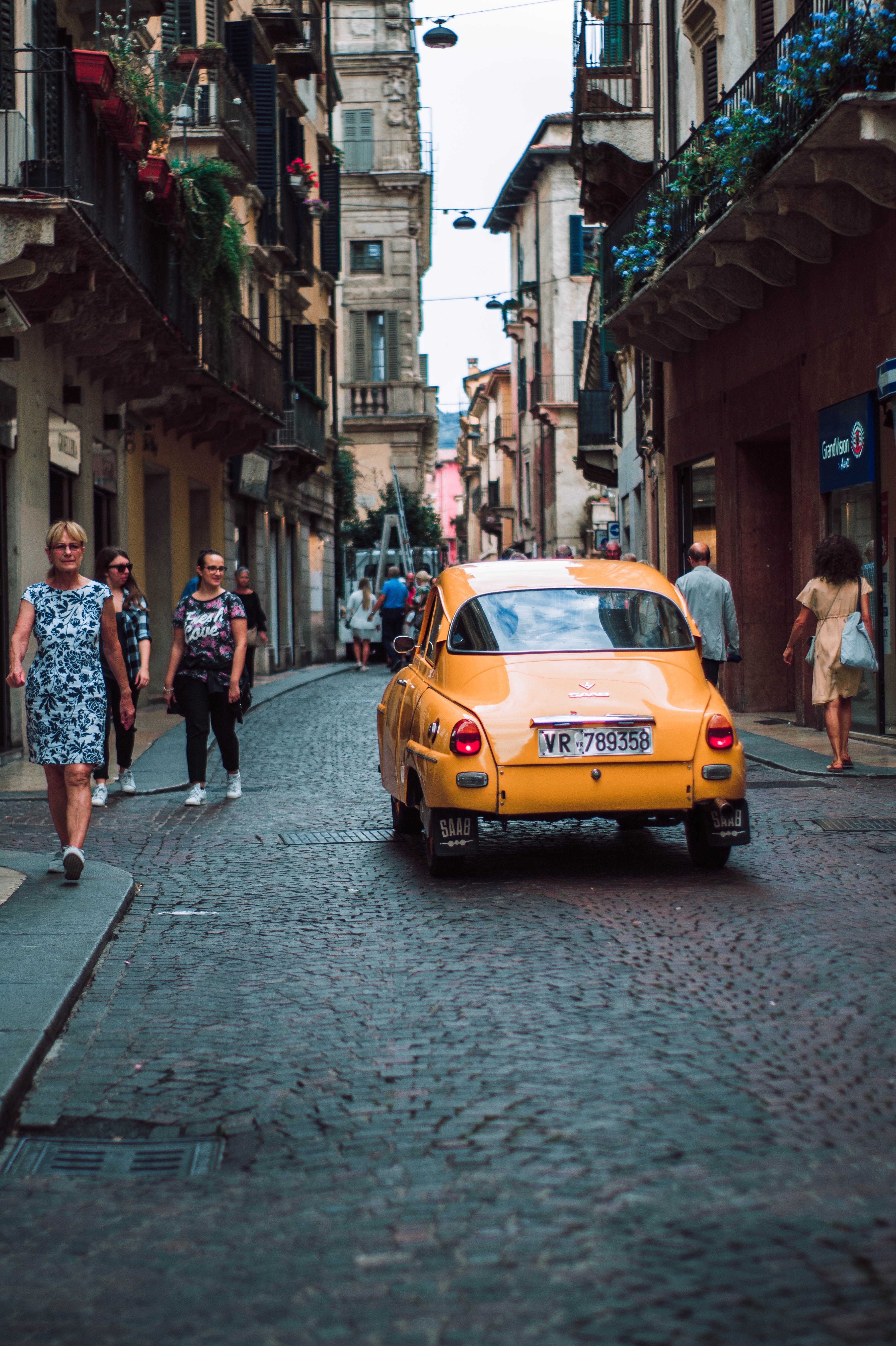
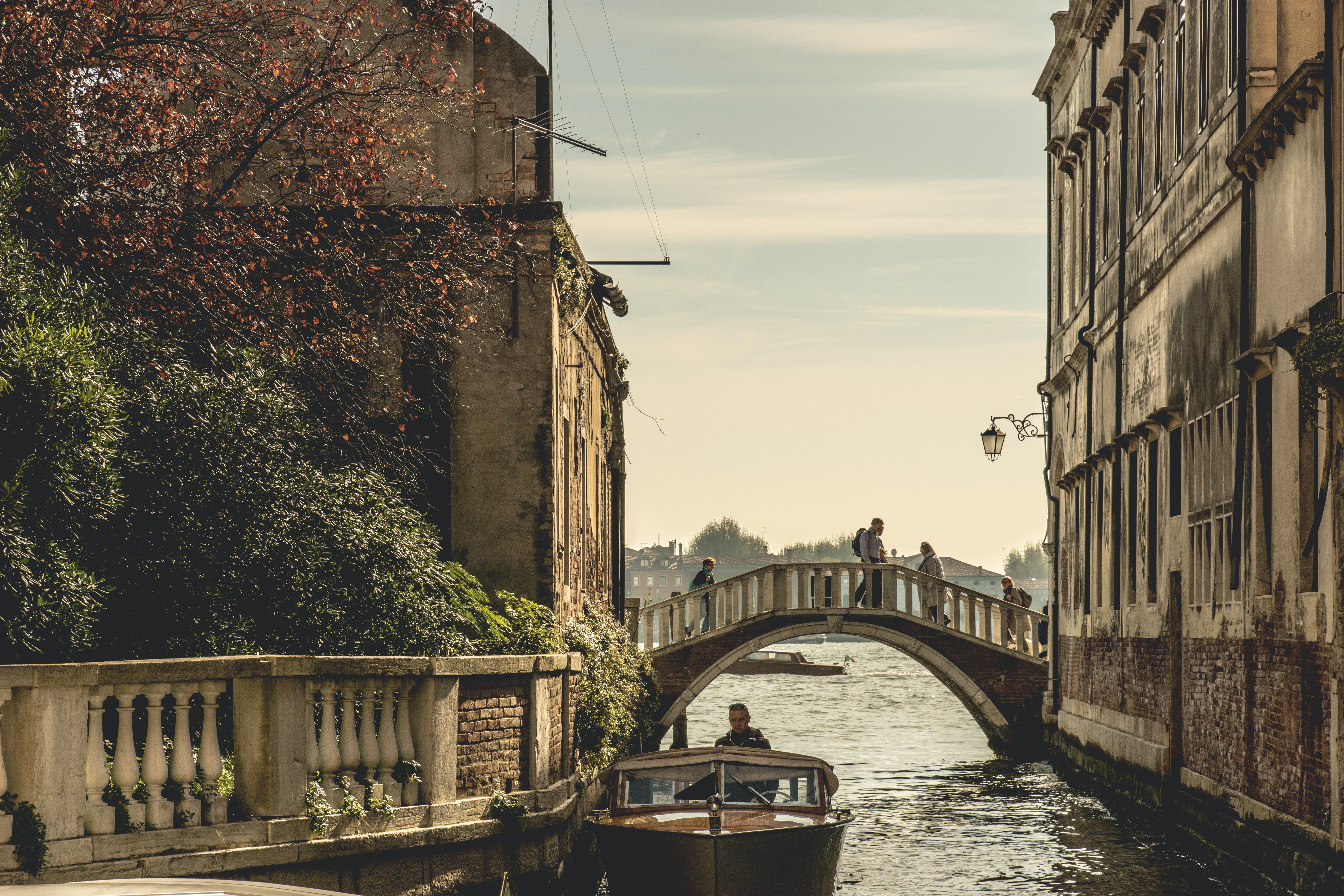


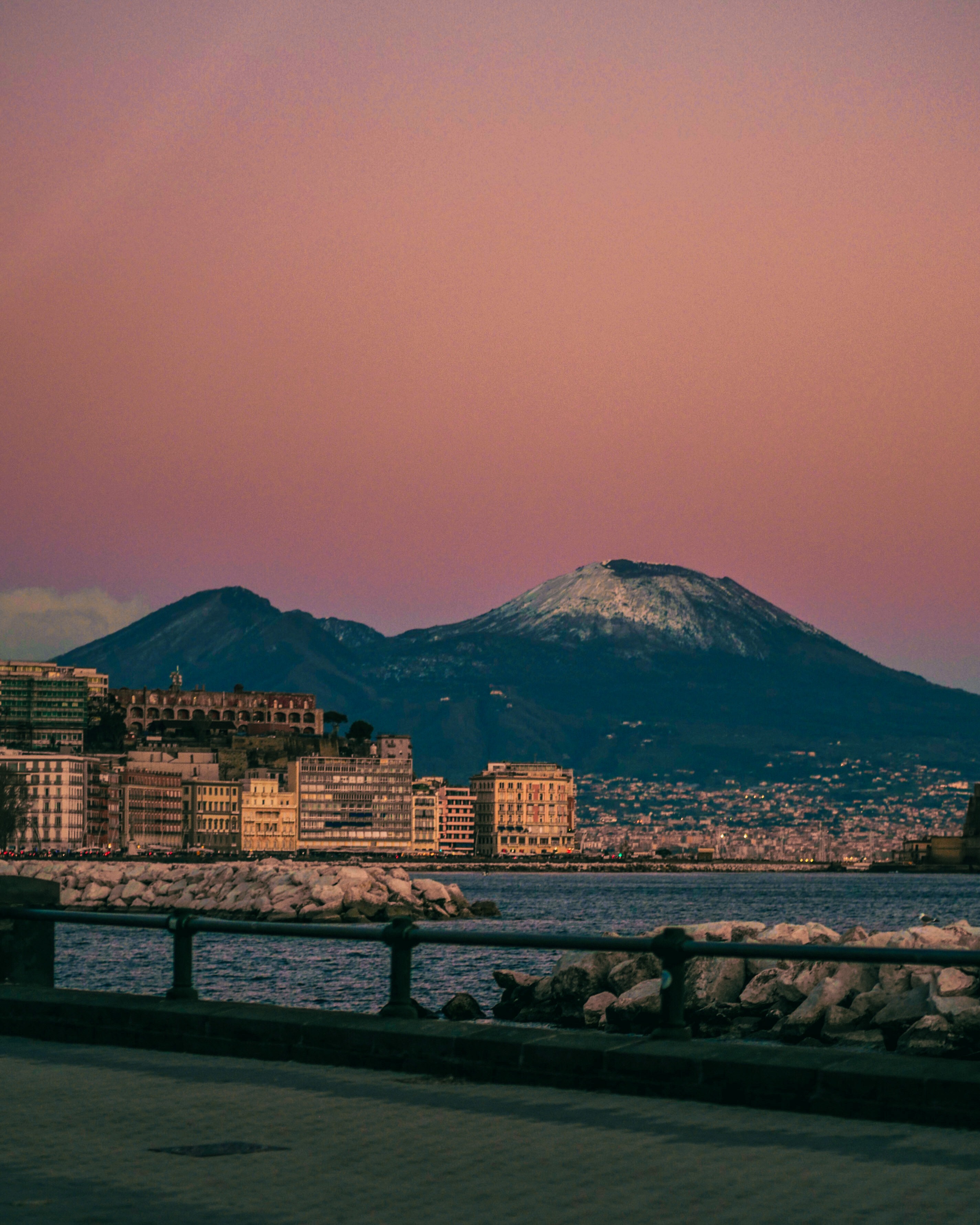

.jpg)




Comments